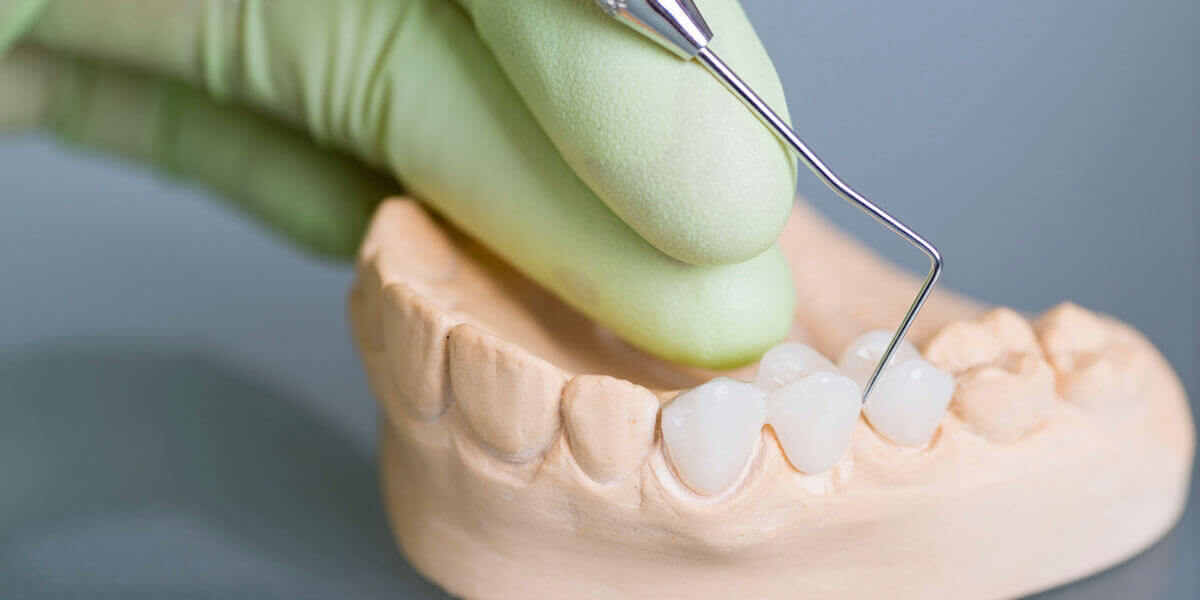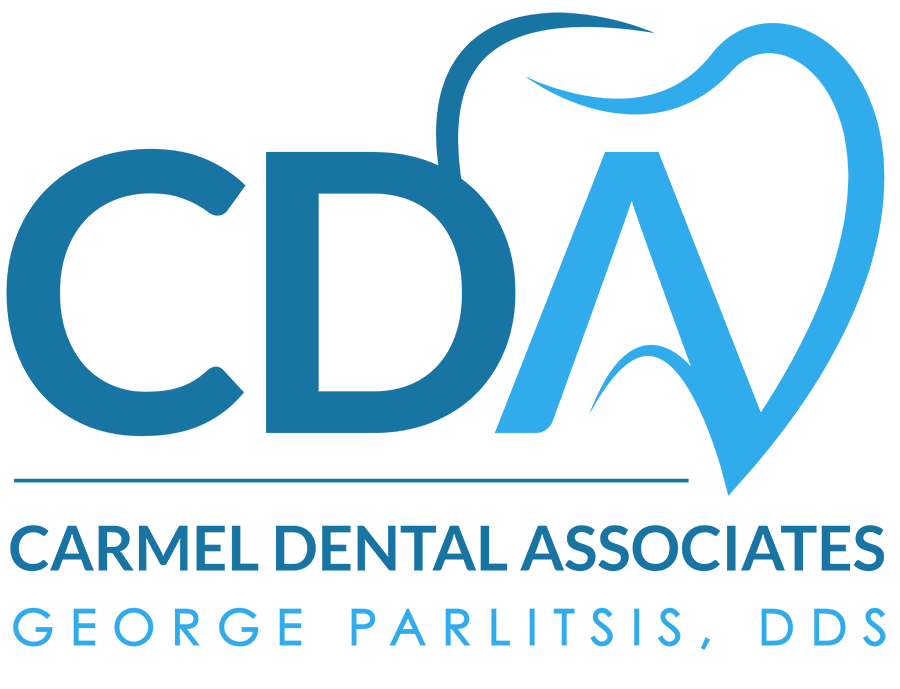Dental Bridges in Carmel, NY

Carmel Dental Associates provides dental bridges to patients located in Carmel and throughout Putnam County. Call 845-225-2224 to learn more and schedule your appointment
Dental bridges are used to replace one or more missing teeth. Although there are a few different types of bridge, what they all have in common is that they rely upon supports, or abutments, to hold in place a bridge of prosthetic teeth, also known as pontics.
Types of Dental Bridges
The four types of dental bridges include:
Traditional Dental Bridges
A traditional bridge involves placing dental crowns on the two teeth adjacent to the gap in your smile. These crowns are used as the abutments that support the bridge. Traditional bridges are the most common type of dental bridge used today.
Cantilever Bridges
Cantilever bridges are similar to traditional dental bridges, but rather than placing a crown on both sides of the gap, only one crown is used for support. This places additional stress on the supporting tooth, leading to a higher risk of failure. For this reason, cantilever bridges aren’t typically used unless there is no other option available.
Implant-Supported Bridges
Implant-supported bridges are the only type of dental bridge that doesn’t require support from an adjacent tooth; instead, a dental implant supports both ends of the bridge. Because they don’t compromise otherwise healthy teeth, this type of bridge is becoming increasingly popular.
Maryland Bridges
Rather than requiring dental crowns for support, Maryland bridges involve bonding a metal or ceramic framework to the backs of the abutment teeth. This preserves the supporting teeth, but the disadvantage of this type of framework is that it is not as strong as a traditional bridge.
Frequently Asked Questions About Dental Bridges
What is better, a bridge or dental implant?
Every patient has their own unique set of circumstances, so we can’t say which is better for you without seeing you in person to discuss your dental needs and preferences. Generally speaking, dental implants are considered preferable because they don’t compromise adjacent teeth and they can prevent bone loss in the jaw.
How long does a dental bridge last?
The lifespan of a dental bridge depends upon the material used to make it, the type of bridge, and your oral habits, but the average is five to 15 years.
What are the disadvantages of dental bridges?
The two main disadvantages of traditional dental bridges are that they only replace teeth above the gum line, unlike dental implants which replace them above and below, and they place stress on the supporting teeth, leaving them vulnerable to fracture.
Does food get stuck under a dental bridge?
Yes, food can get stuck under and around your dental bridge. We’ll provide you with instructions to keep it clean.
Is it painful to get a bridge?
No, we use local anesthetic to make sure you don’t feel any pain during the process of getting a bridge. You may have some soreness afterwards if you’ve had crowns or dental implants placed, but this can usually be remedied with over-the-counter pain relievers.
Call 845-225-2224 to schedule your appointment.
